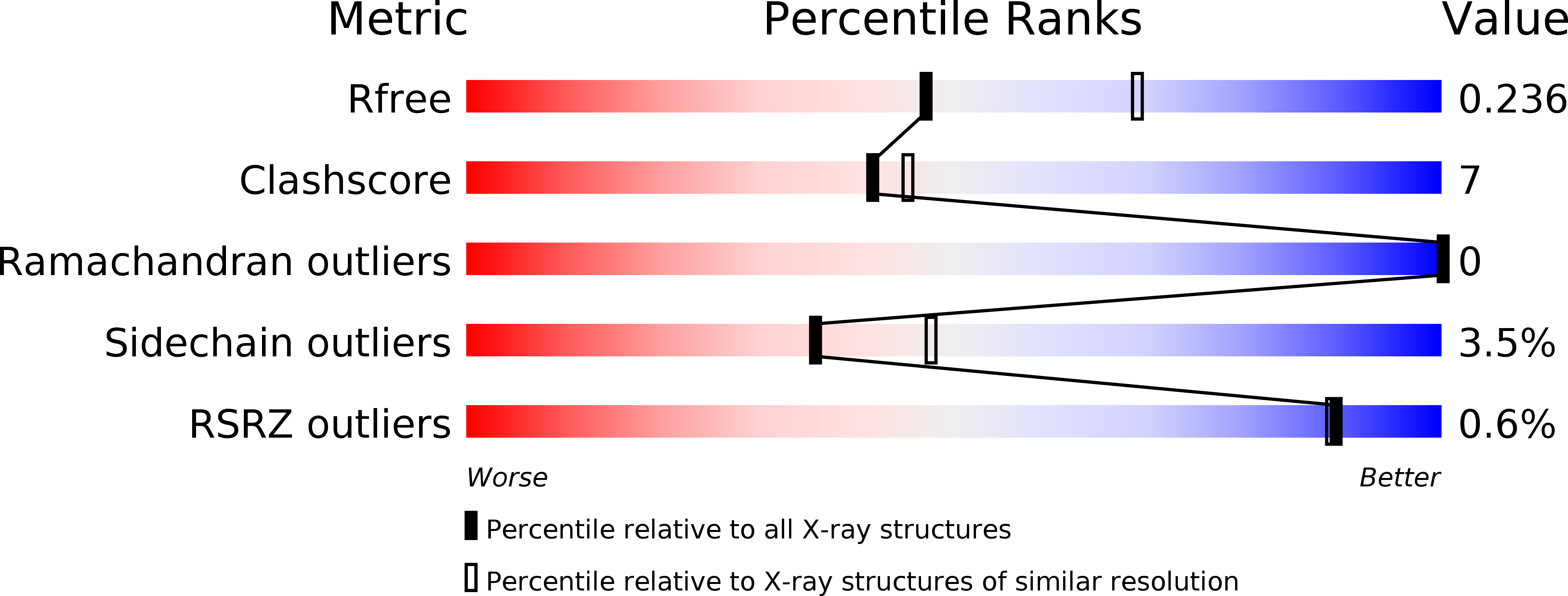
Deposition Date
2010-05-01
Release Date
2011-11-02
Last Version Date
2023-09-06
Entry Detail
PDB ID:
3MU6
Keywords:
Title:
Inhibiting the Binding of Class IIa Histone Deacetylases to Myocyte Enhancer Factor-2 by Small Molecules
Biological Source:
Source Organism:
Homo sapiens (Taxon ID: 9606)
Host Organism:
Method Details:
Experimental Method:
Resolution:
2.43 Å
R-Value Free:
0.25
R-Value Work:
0.23
R-Value Observed:
0.23
Space Group:
P 1


